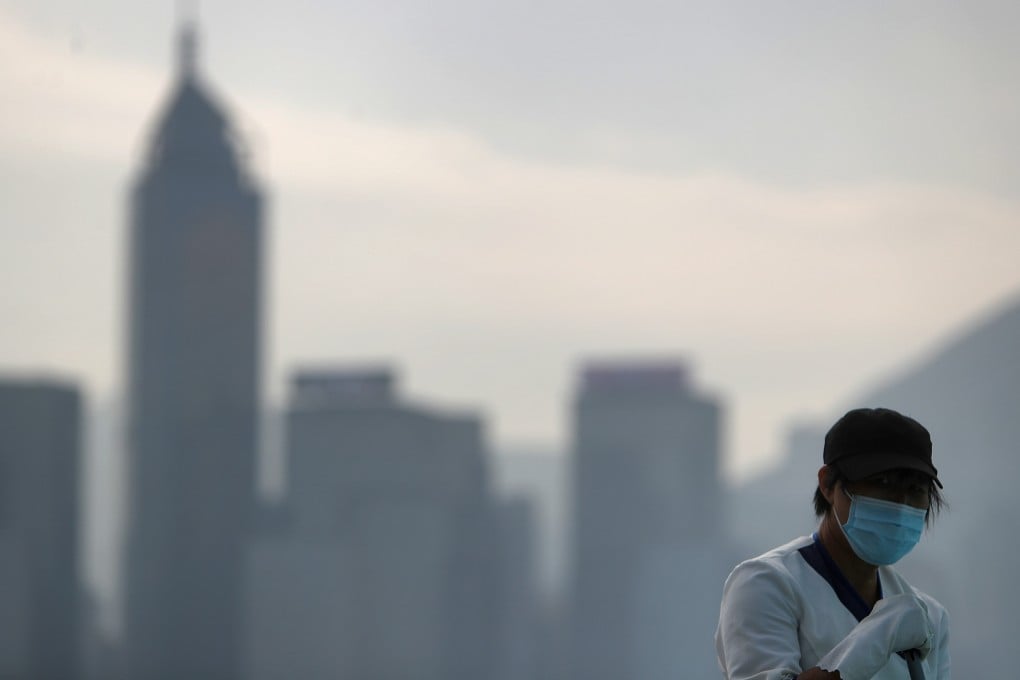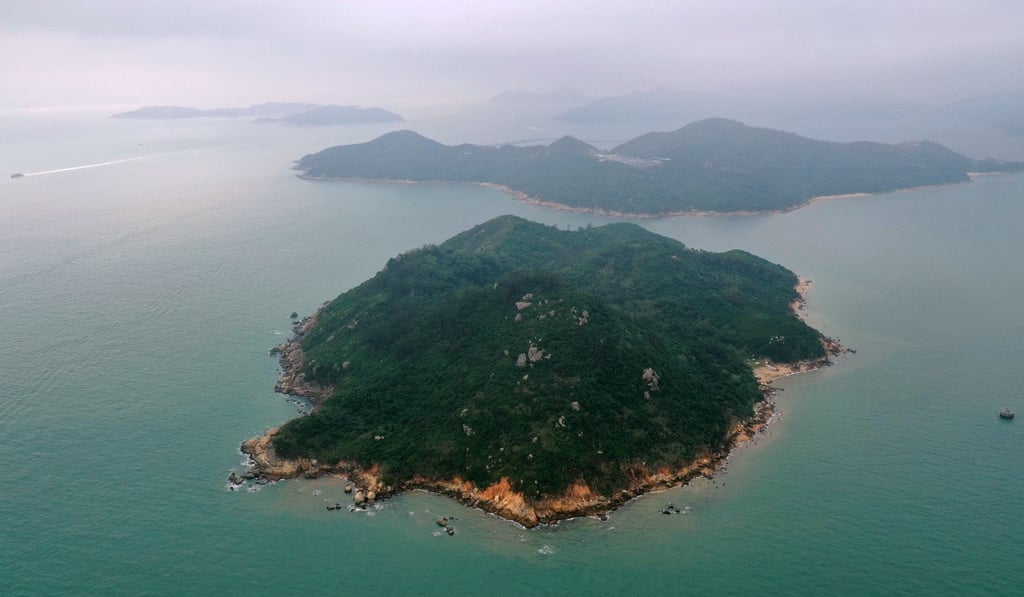Hong Kong’s air quality targets pitched too low to favour development such as Lantau Tomorrow Vision, says environmental group Clean Air Network
- Group says concentration limits are set conservatively, underestimating potential improvements, to make them easier to meet
- Government’s huge Lantau project ‘is a beneficiary of lax targets’

A new set of proposed five-year air quality objectives running up to 2025 may have been pitched overly conservatively to make it easier for major future projects like a large-scale reclamation east of Lantau Island to meet them, according to a Hong Kong environmental advocacy group.
The objectives, revised every five years, set concentration limits for seven key pollutants and the number of times levels can be exceeded in a year, with reference to World Health Organisation (WHO) guidelines.

The Clean Air Network said the tweaks underestimated potential improvements from more than a dozen emission reduction measures proposed during the review period, leading to the setting of lax targets.
Senior community relations manager Loong Tsz-wai surmised that the unambitious targets were advanced to make it easier for future developments such as the government’s proposed “Lantau Tomorrow Vision” to pass their environmental impact assessment.
Announced by Chief Executive Carrie Lam Cheng Yuet-ngor as a cornerstone of her policy address last year, the plan involves creating 1,700 hectares of artificial islands for a new housing and economic hub in waters east of Lantau, in what would be the city’s biggest and most expensive infrastructure project.